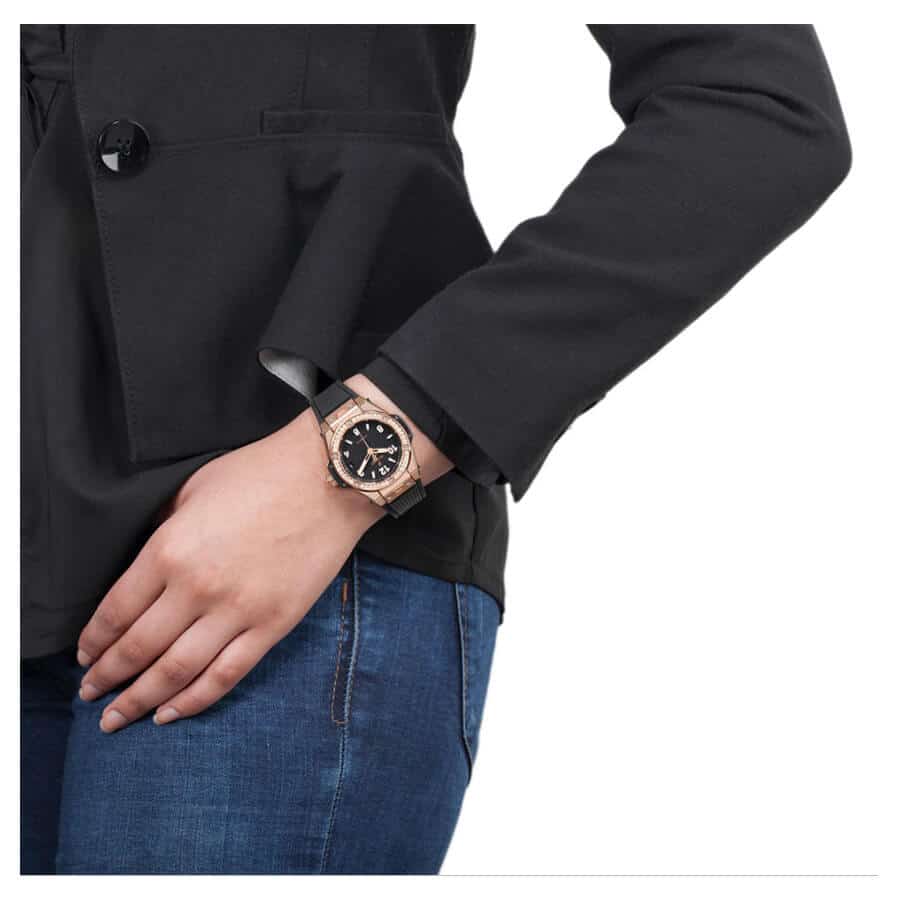By far the most numerous chronograph in this form, it has two pushers, usually across the crown at two and four o’clock. Pressing the top button starts the chronograph, and pressing it again stops it. Here, you can press the top button a third time to start the chronograph again from the same position or reset the chronograph hand to zero by pressing the lower button.
Legendary names such as the very popular replica Rolex Daytona and Omega Speedmaster are of this type, and most chronographs on the market follow this standard format.
There is no prize for guessing the difference here. The most common chronographs have two pushbuttons, while single push-button replica watches have only one.
This has the advantage of making the case look cleaner, and some brands even incorporate the pushers into the crown itself, but the disadvantage is that performance is reduced. Since all functions are controlled by a single push button, it is impossible to continue the chronograph once it has stopped. On the third press, the hand always returns to zero.
Unusual for Panerai and with a particular name, the Luminor 1950 Ceramic 8 Days Chrono Monopulsante GMT is a modern interpretation of this complication.
It works in the normal way, with the top button to start and stop the chronograph and the bottom button to reset it. However, while the chronograph is running, the lower button can also be pressed to reset the main hand to zero and immediately restart it, all with a single press.
This means the operator does not have to press the upper button to stop the hand, then press the lower button to reset it, and then press the upper button again to restart it, while losing any important time periods of the race they are trying to record.
However, the Rattrapante (from the French for “catch-up”), also known as a duel chronograph or double split second, is usually found only at the top end of the watch industry. On the most affordable side, you can sometimes find a fake watch on the second-hand market for slightly more than the 10,000 mark, but most cost tens of thousands of dollars, while certain split-second chronographs can fetch a small fortune.
